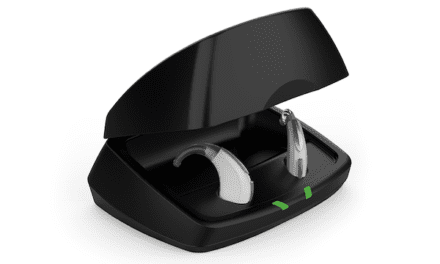Hearing-impaired individuals typically have difficulty in discriminating between different sound sources whereas people with normal hearing are able to separate background noise from relevant sounds. As a result, people with hearing loss are often depending on being able to look at the person who is speaking.
Holger Schulze, professor at the Leibnitz Institute for Neurobiology in Magdeburg, Germany, believes that this problem may be overcome in a not too distant future.
Together with German and British colleagues he has investigated the processes in the brain allowing normal-hearing people to discriminate between sound sources. Their findings could be the basis for the development of new types of hearing aids making the wearer able to discriminate between sound sources.
Schulze and his colleagues found that the brain is able to focus on the fine differences between sound waves. Sound waves from a man’s voice, for instance, have a different structure than the sound of a child. The different structures are processed in different parts of the brain, allowing the brain to focus on one and block out the other.
This same mechanism could be incorporated into the next generation of hearing aids, Schulze says.
”This could be of benefit for people with hearing aids in situations where they can not look at the person they talk to, for example while driving a car,” he told the British Daily Telegraph newspaper.
[Source: hear-it]




